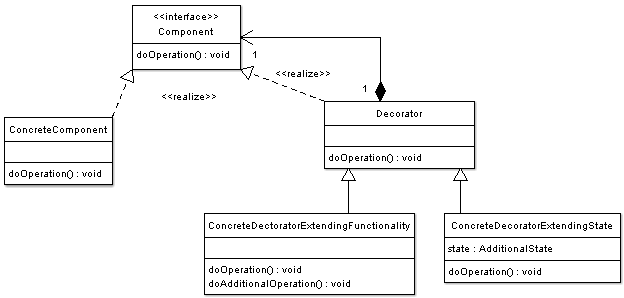Caused by: org.springframework.transaction.TransactionSystemException: Could not commit JPA transaction; nested exception is javax.persistence.RollbackException: Transaction marked as rollbackOnly
at org.springframework.orm.jpa.JpaTransactionManager.doCommit(JpaTransactionManager.java:526)
at org.springframework.transaction.support.AbstractPlatformTransactionManager.processCommit(AbstractPlatformTransactionManager.java:761)
at org.springframework.transaction.support.AbstractPlatformTransactionManager.commit(AbstractPlatformTransactionManager.java:730)
at org.springframework.transaction.interceptor.TransactionAspectSupport.completeTransactionAfterThrowing(TransactionAspectSupport.java:556)
at org.springframework.transaction.interceptor.TransactionAspectSupport.invokeWithinTransaction(TransactionAspectSupport.java:286)
at org.springframework.transaction.interceptor.TransactionInterceptor.invoke(TransactionInterceptor.java:96)
at org.springframework.aop.framework.ReflectiveMethodInvocation.proceed(ReflectiveMethodInvocation.java:179)
at org.springframework.aop.framework.CglibAopProxy$DynamicAdvisedInterceptor.intercept(CglibAopProxy.java:673)
at com.yardbud.service.OrderServiceImpl$$EnhancerBySpringCGLIB$$6ebf61a8.save(
at com.yardbud.service.OrderServiceTest.whenSaveEmptyOrder_ThenReturnException(OrderServiceTest.java:97)
at sun.reflect.NativeMethodAccessorImpl.invoke0(Native Method)
at sun.reflect.NativeMethodAccessorImpl.invoke(NativeMethodAccessorImpl.java:62)
at sun.reflect.DelegatingMethodAccessorImpl.invoke(DelegatingMethodAccessorImpl.java:43)
at java.lang.reflect.Method.invoke(Method.java:483)
at org.junit.runners.model.FrameworkMethod$1.runReflectiveCall(FrameworkMethod.java:50)
at org.junit.internal.runners.model.ReflectiveCallable.run(ReflectiveCallable.java:12)
at org.junit.runners.model.FrameworkMethod.invokeExplosively(FrameworkMethod.java:47)
at org.junit.internal.runners.statements.InvokeMethod.evaluate(InvokeMethod.java:17)
at org.junit.internal.runners.statements.ExpectException.evaluate(ExpectException.java:19)
... 21 more
Caused by: javax.persistence.RollbackException: Transaction marked as rollbackOnly
at org.hibernate.jpa.internal.TransactionImpl.commit(TransactionImpl.java:58)
at org.springframework.orm.jpa.JpaTransactionManager.doCommit(JpaTransactionManager.java:517)
... 39 more
The exception above is due to following 'transactional' setup:
Service: save method is marked as transactional.
A:
@Service@Transactionalpublic class OrderServiceImpl implements OrderService { @Autowired private OrderRepository orderRepository; @Override @Transactional public Order save(Order order) throws ConstrainViolationException { Order saved; try { saved = orderRepository.save(order); } catch (ConstraintViolationException e) { throw new ConstrainViolationException(e.getMessage()); } return saved; }
In its unit test, the test method modifier @Transactional is removed
B:
@Test(expected = ConstrainViolationException.class) //@Transactionalpublic void whenSaveEmptyOrder_ThenReturnException() throws ConstrainViolationException { orderService.save(Order.builder() .searcher(new Searcher()) .lister(new Lister("Yichun", "Zhao")) .startTime(ZonedDateTime.now()) .endTime(ZonedDateTime.now().plusDays(100)) .build() );}
I didn't get why
![[Note]](https://docs.spring.io/spring-boot/docs/current/reference/html/images/note.png)
![[Tip]](https://docs.spring.io/spring-boot/docs/current/reference/html/images/tip.png)

